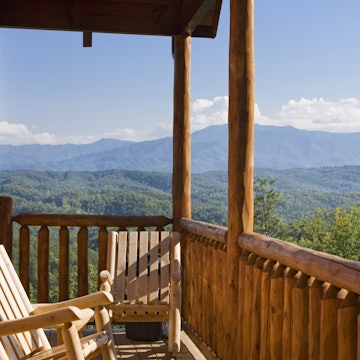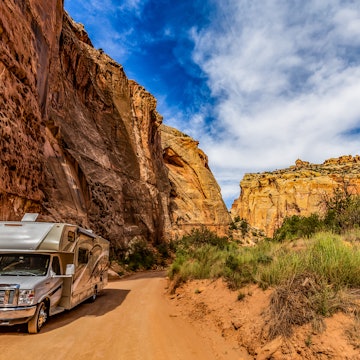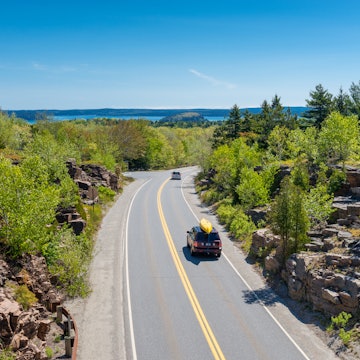

Cooler temperatures, abundant wildlife and glorious foliage are three reasons to hit the road to a national park like Yosemite National Park this fall. Danita Delimont/Shutterstock
US national parks are known for stunning, mind-bogglingly diverse landscapes, and fall reveals a quieter, shier side. As summer crowds fade and cooler weather sets in, vibrant foliage transforms forests and mountains, wildlife becomes more active, and brisk pine-scented air encourages cozy campfires and serene hikes.
Fall is fleeting, especially at high elevations where winter arrives early. Along with unpredictable weather, some park services, sections of parks and local businesses close mid-season. But if you time it right, autumn offers a magical, more grounded park experience.
Here are 15 of the best US national parks to visit this fall.

1. Shenandoah National Park, Virginia
Best for top-tier leaf-peeping
Two hours from Washington, DC, Shenandoah makes an easy fall getaway. Seemingly everyone has the same idea, though, so prepare for heavy crowds, even on weekdays. Cruise Skyline Drive to hit dozens of overlooks, then hike Old Rag (day-use tickets required) or Hawksbill, the park’s highest point, for birds-eye views over rolling golden hills. Colors typically peak late, sometimes lasting into early November.

2. Acadia National Park, Maine
Best for scratching that autumn-in-New-England itch
New England’s only national park delivers big on fall color, with crimson maples and golden birches punctuating the famously rugged coastline. Hike a classic, like Cadillac Mountain at sunrise or Beehive, then ditch the crowds for the quieter Schoodic Peninsula, where you can tidepool, watch for elusive moose, and catch the sunset behind Cadillac from Ravens Nest.
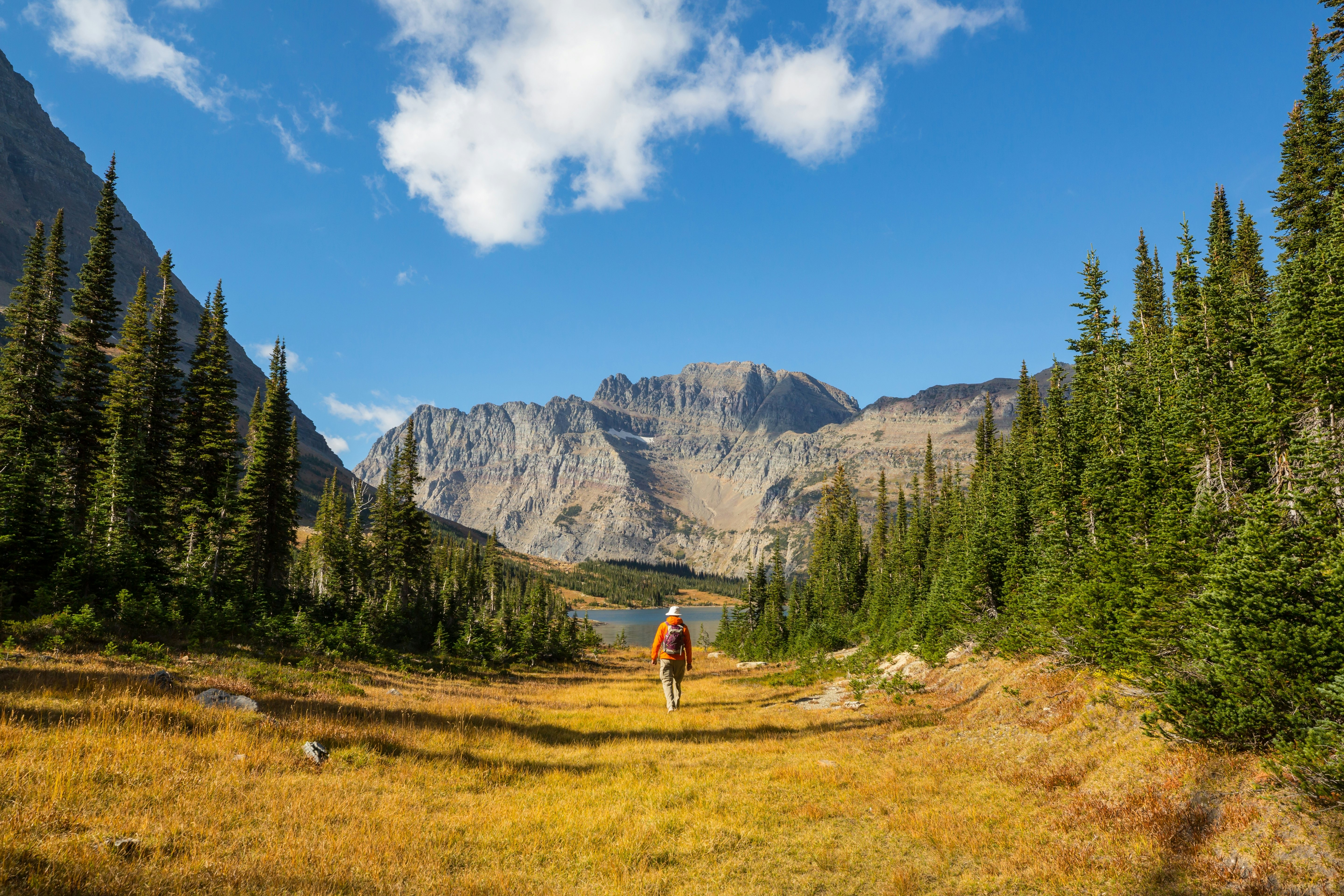
3. Glacier National Park, Montana
Best for larch madness without the crowds
October brings Glacier’s golden hour – literally. Western larches blaze against evergreens, wildlife abounds, and Going-to-the-Sun Road (usually) remains open. Stroll Lake McDonald, hike Hidden Lake, explore lesser-visited Two Medicine and take in Highway 2’s roadside color show. With no timed-entry or campground reservations, you’ll experience a quieter park. Pack for both sunshine and snow, and brush up on bear safety.

4. Yosemite National Park, California
Best for an unsung fall escape
Stunning year-round, fall gets overlooked in Yosemite. Enjoy fewer crowds, no reservation requirements and a sweet spot with trails and roads open. Elm, oak and big leaf maples color Yosemite Valley, while quaking aspens dot the passes. Peak varies with elevation, so you may catch it in the valley but miss it higher up (or vice versa). After the must-see spots, detour to Wawona Swinging Bridge, where cottonwoods create a rainbow of fall color.

5. Great Smoky Mountains National Park, Tennessee & North Carolina
Best for a classic mountain retreat
The country’s most visited national park, the Smokies’ peak season is fall – but the color kaleidoscope from nearly 100 deciduous tree species, asters and frequent bear sightings is worth the traffic. Get the best views from Kuwohi (formerly Clingman’s Dome), the park’s highest point, or hit quiet trails in Cosby or Townsend. Outside the park, ride aerial trams and hit harvest festivals in Gatlinburg and Pigeon Forge.

6. Grand Teton National Park, Wyoming
Best for refined Western charm and in-your-face views
I may be biased – we honeymooned here in October – but red and gold against the jagged, snow-dusted Tetons is spectacular. Just driving around, you’ll likely spot elk, bears or moose; for better odds, catch sunrise or sunset at Oxbow Bend. For incredible pizza, views and a well-curated wine shop, head to Dornans. Jackson Hole adds to the experience, with the legendary Million Dollar Cowboy Bar, chic rustic lodging and gondola rides at Jackson Hole Mountain Resort.
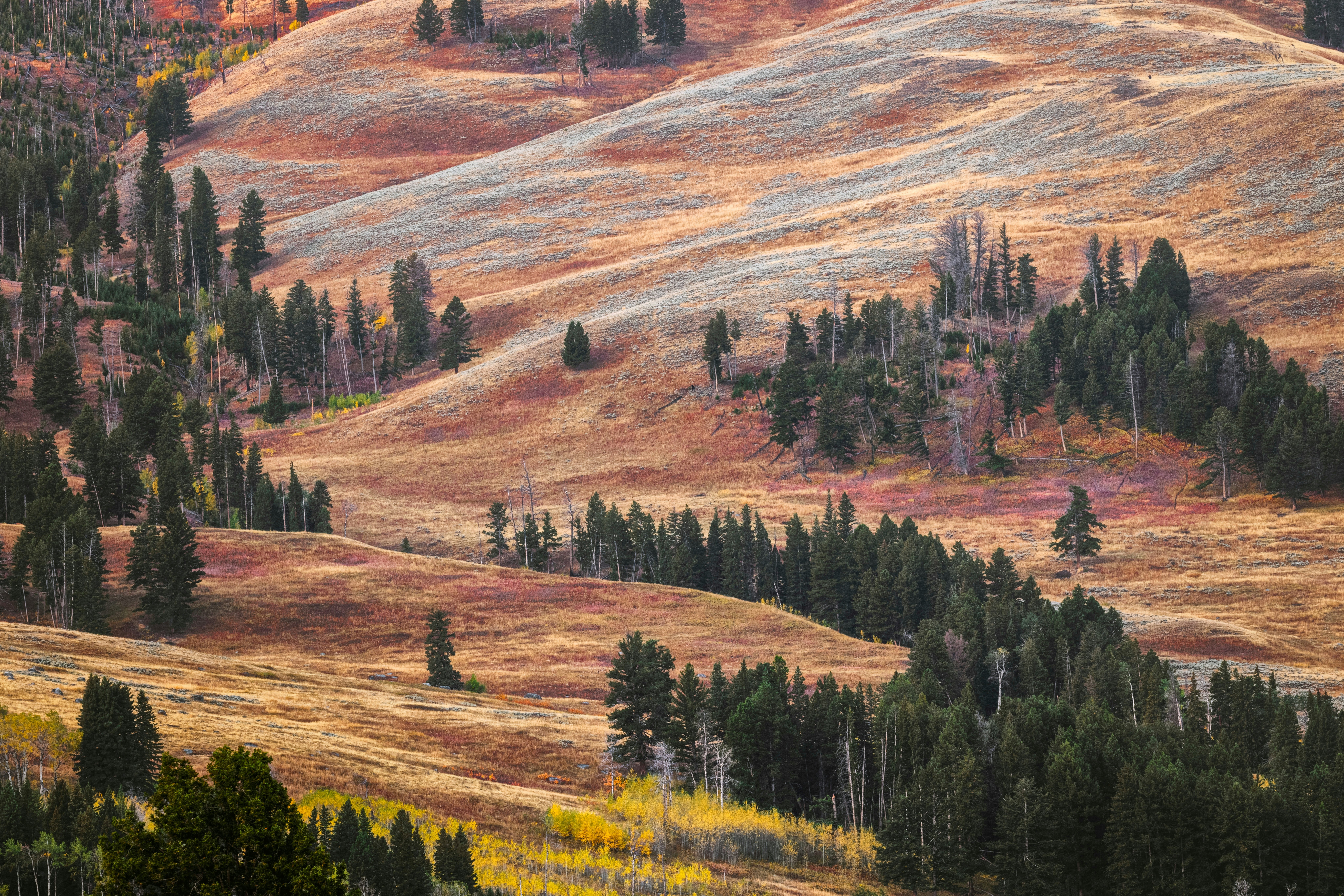
7. Yellowstone National Park, Wyoming and Montana
Best for wildlife and geysers galore
Grand Teton’s neighbor, Yellowstone adds geothermal drama to the seasonal show. Bison, elk, bears and wolves roam aspen and cottonwood-studded valleys, while steam rises from geysers and hot springs. Animal traffic jams are common, especially near Lamar Valley, the “Serengeti of North America.” While Old Faithful and the Grand Canyon of the Yellowstone remain busy, fall sees fewer crowds in the park overall.
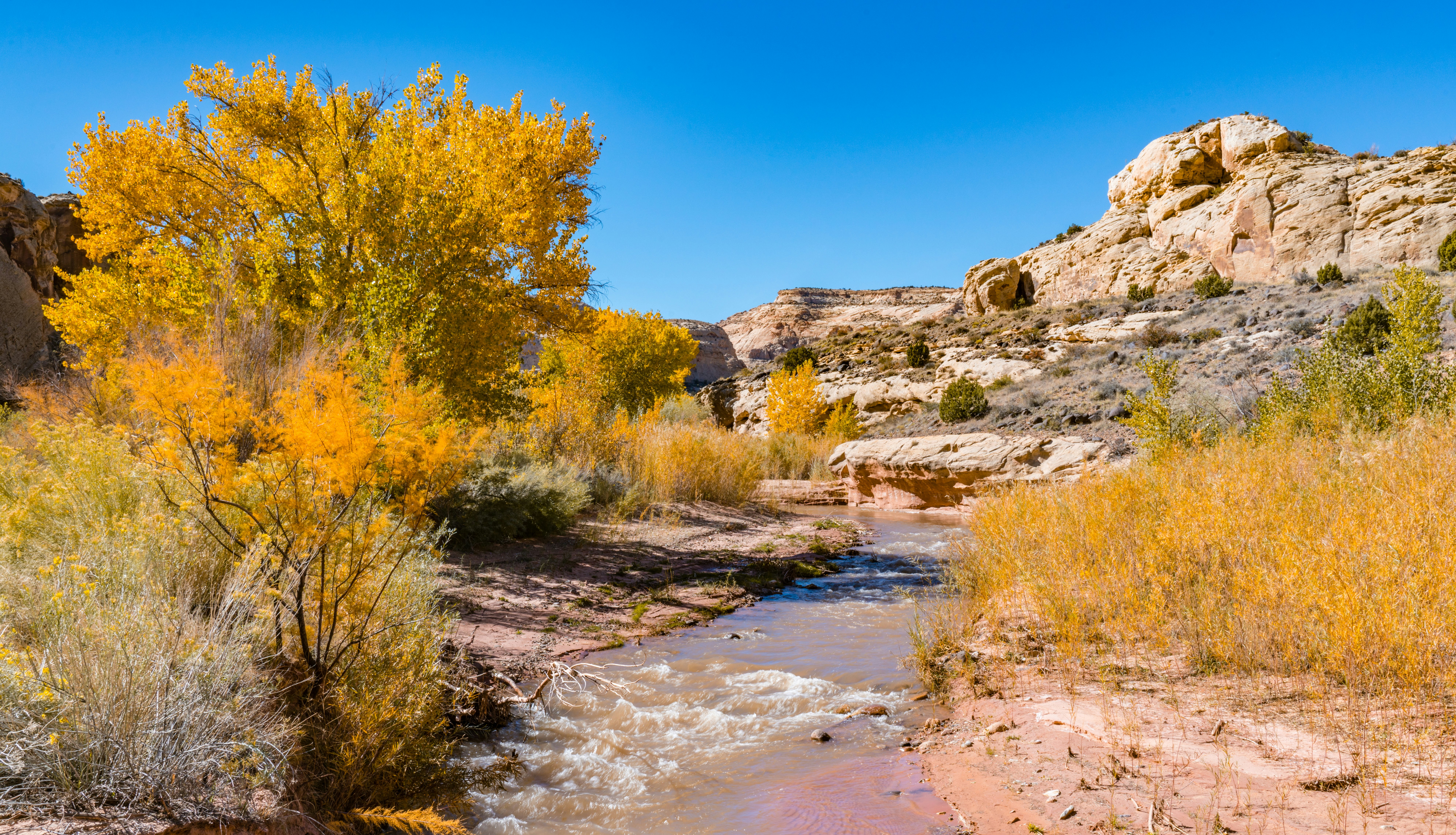
8. Capitol Reef National Park, Utah
Best for feeling like you landed on Mars
Famous for its otherworldly landscapes, Utah’s least-visited national park surprises for a brief stint with bright yellow cottonwoods and perfect hiking weather. Pick your own apples in the historic Fruita orchards (BYO bags and cash), then savor pie from Gifford House. Book a Jeep tour to explore remote backcountry gems, and take in the International Dark Sky Park’s ultra-clear night skies from inside a glamping dome at Skyview Hotel.
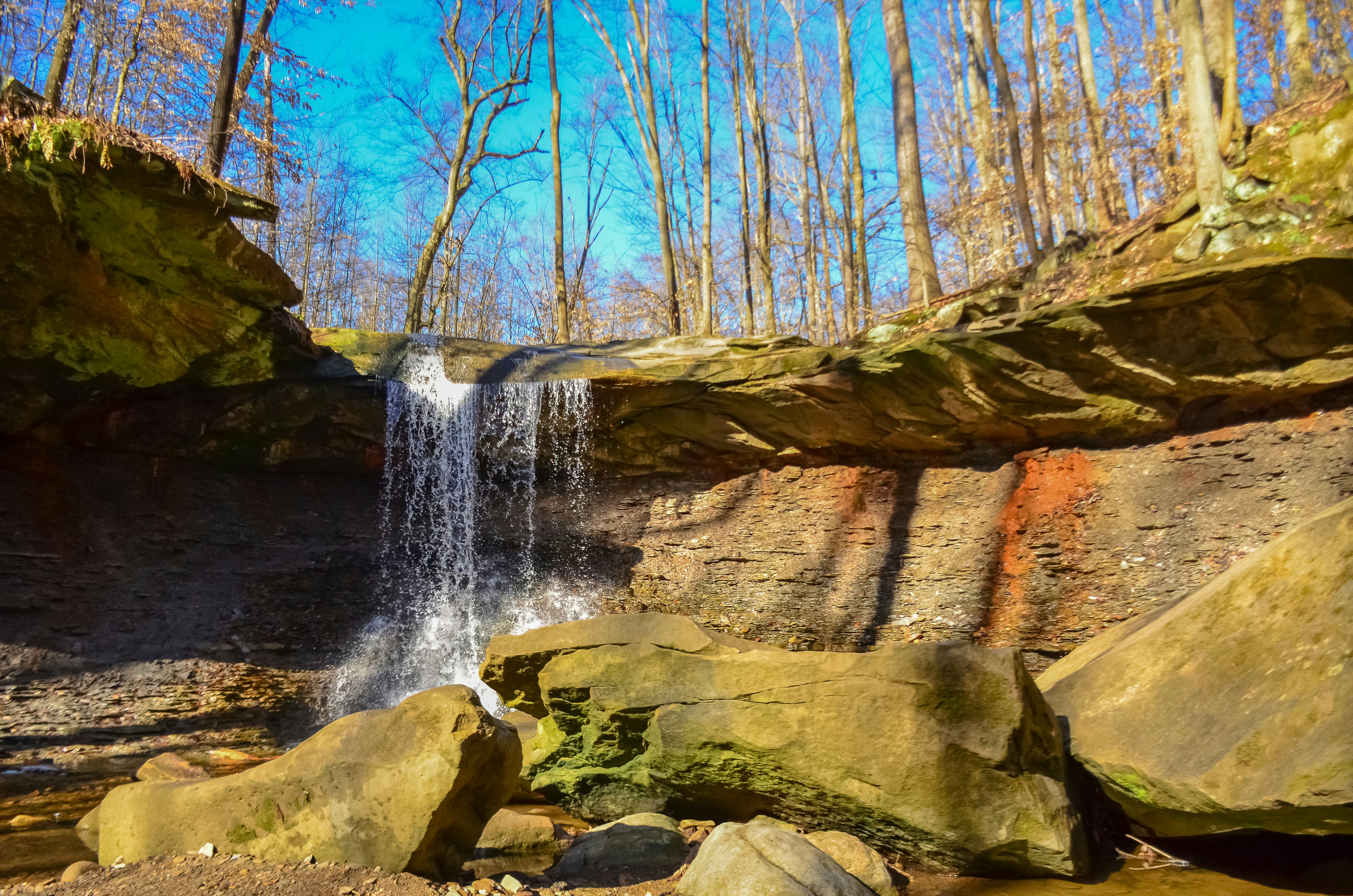
9. Cuyahoga Valley National Park, Ohio
Best for unassuming Midwestern charm
This underrated park just south of Cleveland comes alive in autumn. Rugged bluffs, waterfalls like Brandywine and Blue Hen and historic covered bridges serve as the backdrop for brilliant foliage. Hop the Cuyahoga Valley Scenic Railroad for a relaxing color tour, but book early, especially for the Oktoberfest ride. Inside the park, Szalay’s Farm and Market honors harvest season with apples, pumpkins, hayrides and a corn maze.
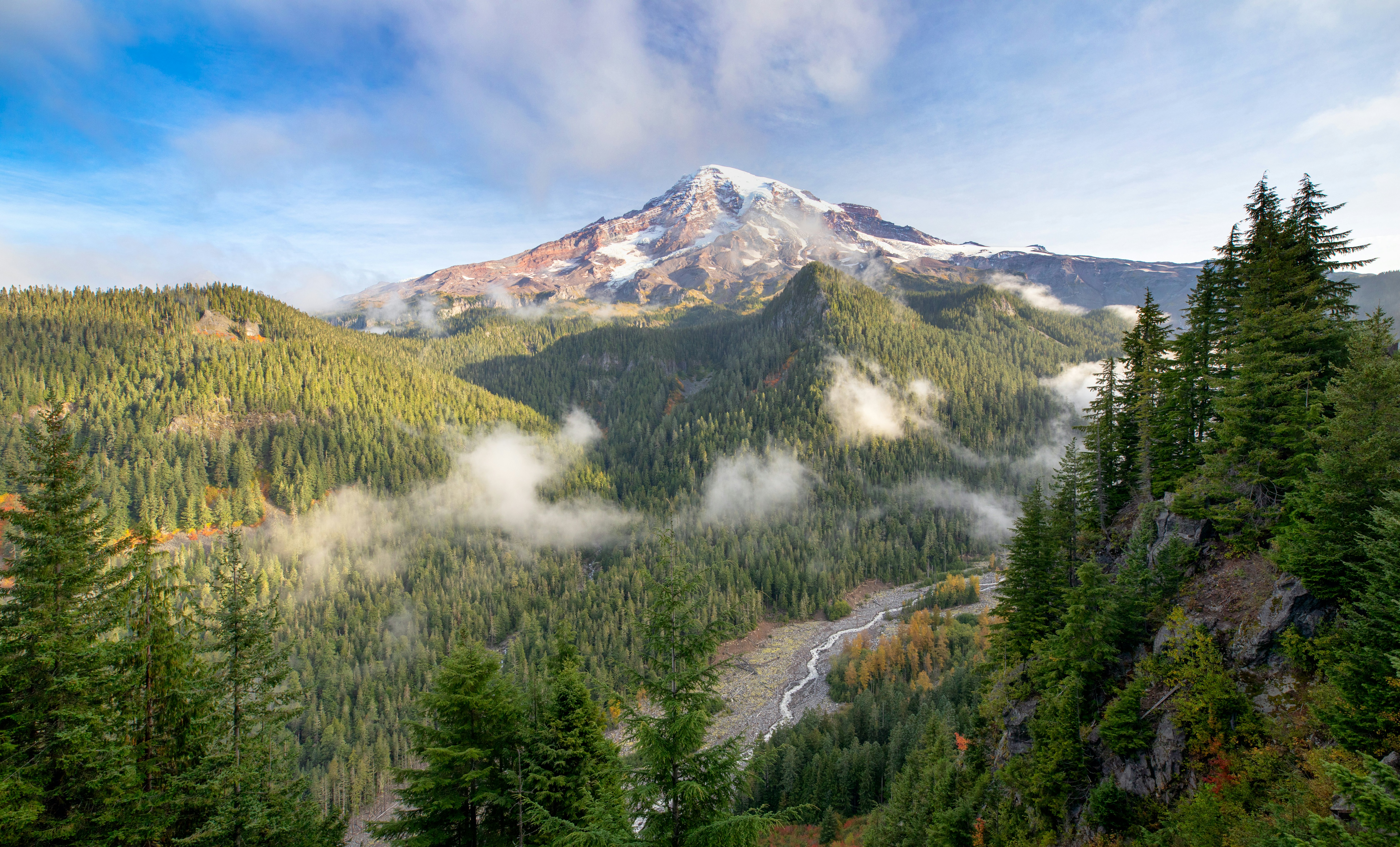
10. Mount Rainier National Park, Washington
Best for marveling at Washington’s tallest peak
Most of Mount Rainier’s seasonal color comes not from trees, but vivid groundcover – scarlet paintbrush, elderberries and golden grasses, creating a jewel-toned carpet. In this setting, just 2.5 hours from Seattle, Washington’s tallest peak looms, often with fresh snow. Don’t miss Reflection Lakes and Skyline Trail for iconic views, and hike the unmarked Naches Peak Loop for larches.

11. New River Gorge National Park, West Virginia
Best for rafting adventures and Shenandoah-caliber scenery
Substantially less crowded than nearby Shenandoah (but equally scenic), New River Gorge’s mosaic of foliage wraps around one of America’s oldest rivers. Fall rafting is a major draw, with beginner-friendly runs on the Lower Gorge and challenging whitewater on the Gauley River. Time your trip for the third Saturday in October, Bridge Day, when thrillseekers BASE jump from the New River Gorge Bridge.
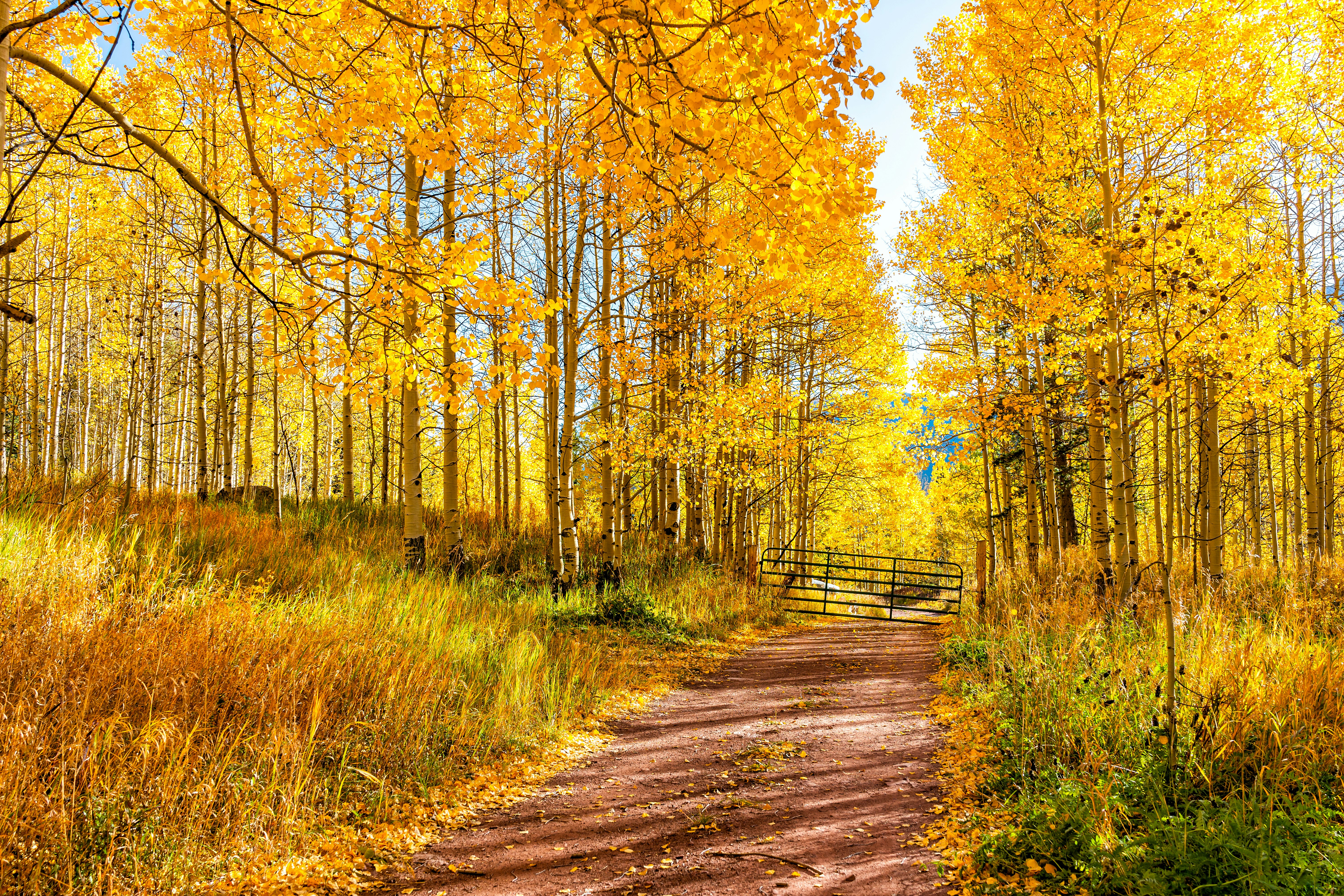
12. Rocky Mountain National Park, Colorado
Best for a quintessential Rocky Mountain high
It’s hard to top fall in Colorado. Elk bugle constantly, complementing the snow-capped Rockies scenery. Peak color typically lands in the third and fourth weeks of September, with Trail Ridge Road, Old Fall River Road, most trails and campgrounds remaining open another few weeks. For leaf-chasing hikes, try Cub Lake, Dream Lake and Alberta Falls. The short Alpine Ridge Trail takes you above 12,000ft into the tundra, no summit required.

13. Great Basin National Park, Nevada
Best for solitude and stellar stargazing
In a state synonymous with deserts and gambling, aspen groves and 13,000-foot peaks surprise visitors. Autumn welcomes early snow and pine nut season, and you may not see another soul. Hike the Bristlecone Trail to the oldest trees on earth, reserve a Lehman Caves tour (including accessible options) and look to the sky come nightfall for some of the world’s best stargazing.

14. Mammoth Cave National Park, Kentucky
Best for exploring above and below ground
Home to the world’s longest cave system, Mammoth Cave also shines above ground in late October, when the forest erupts in color. Book cave tours well in advance, especially the uber-popular Historic Tour, as the autumn schedule is limited. On the surface, hike Heritage Trail to Sunset Point for panoramic views or take advantage of the cooler, drier weather (and no ticks!) by renting a kayak to paddle the Green River.
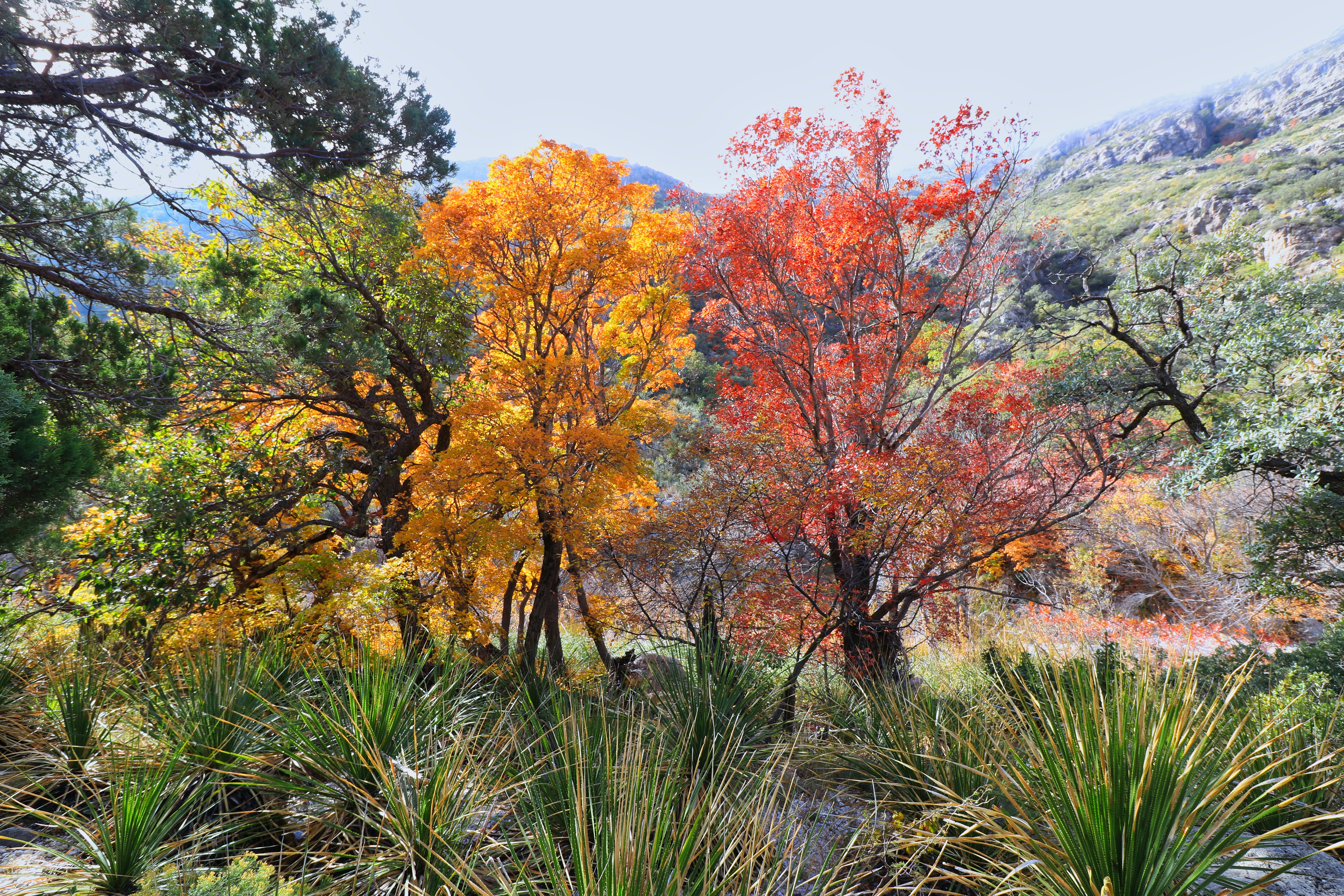
15. Guadalupe Mountains National Park, Texas
Best for rare Southwest fall color
In this remote Texas gem, bigtooth maples glow yellow, red and orange in October and early November. The unexpectedly striking foliage lights up McKittrick Canyon, a top spot for leaf peepers willing to put in the steps, while Texas’s highest point, 8751-ft Guadalupe Peak, towers nearby. The rarity of fall color in the region means the normally quiet park fills to capacity on weekends; arrive early.








